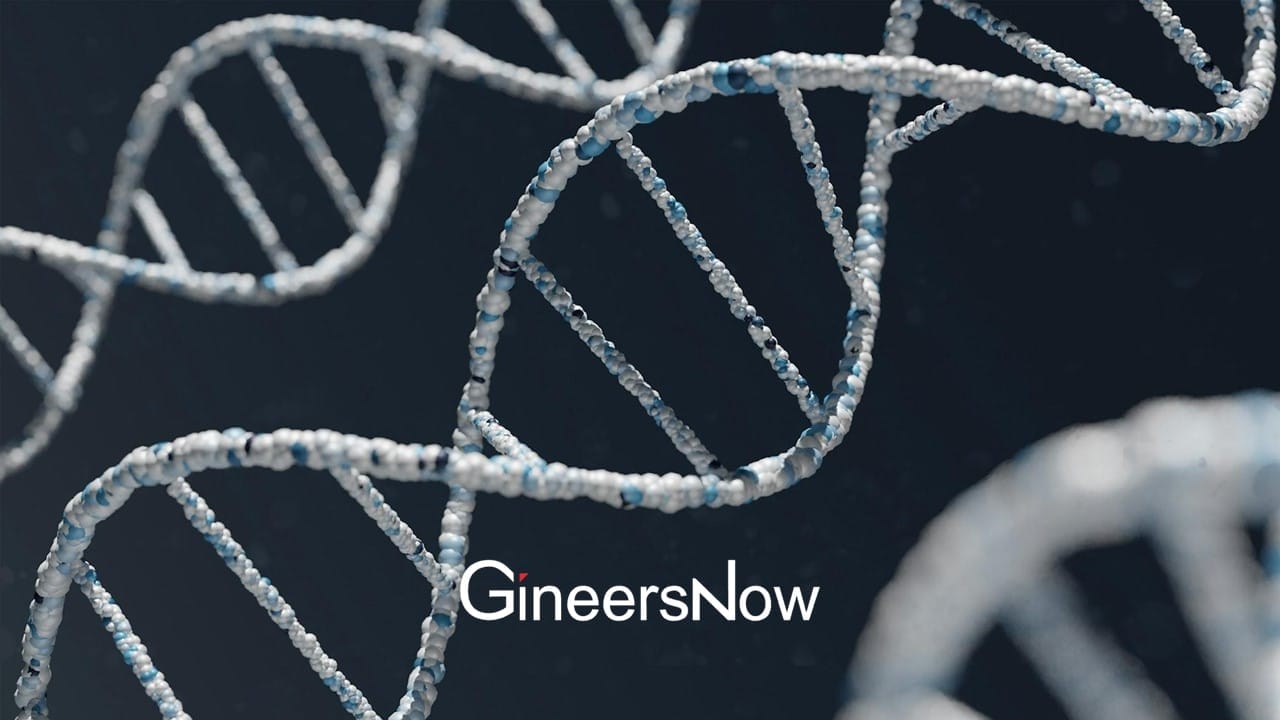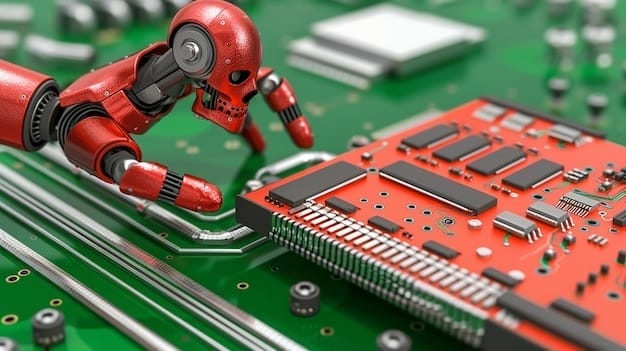For people who are healing from wounds and injuries, scars have always been one of the problems. Soon, it may be about to change. Researchers at the Perelman School of Medicine at the University of Pennsylvania and the University of California, Irvine have found a way to manipulate wounds in such a way that the wounds heal as regenerated skin rather than scar tissue.
The method involves the transformation of the most common type of cells that are found in wounds into fat cells. This method has been thought of to be impossible in humans. The researchers have published their findings online in the journal Science last January 5, 2017.
Fat cells, or adipocytes, are usually found in the skin but they are lost once wounds heal as scars. The most common cells that are found in wounds that are healing are myofibroblasts, which were thought to only form scars. Also, scar tissues don’t have hair follicles as the scar forms–thus, the abnormal appearance from the rest of the skin. With these as their guide, researchers tried to manipulate the myofibroblasts into fat cells that don’t cause scarring.
Source: Penn Medicine
According to George Cotsarelis, MD, the chair of the Department of Dermatology and the Milton Bixler Hartzell Professor of Dermatology at Penn, as well as the principal investigator of the project, “Essentially, we can manipulate wound healing so that it leads to skin regeneration rather than scarring, The secret is to regenerate hair follicles first. After that, the fat will regenerate in response to the signals from those follicles.”
The research showed that the hair and fat develop separately, but not independently. First, hair follicles would need to be formed, and the Cotsarelis lab has previously found factors that are necessary for their formation. Now the researchers have found additional factors from regenerating hair follicles to transform the myofibroblasts that is needed for the regeneration of fat instead of forming scars. The fat is not going to form without the new hairs, but once it does, the new cells will be indistinguishable from fat cells that already exist, this will give the healed wound a more natural look instead of unsightly scars. As the researchers were trying to find out what was sending signals from the hair to the fat cells, the researchers discovered a factor that’s called Bone Morphogenetic Protein (BMP). This instructs the myofibroblasts to turn into fat.
Cotsarelis said, “Typically, myofibroblasts were thought to be incapable of becoming a different type of cell. But our work shows we have the ability to influence these cells, and that they can be efficiently and stably converted into adipocytes.” This could be seen in both the mouse and in human keloid cells grown in culture.
These discoveries will definitely revolutionize the field of dermatology. It’s primary use will be to develop a therapy that will signal myofibroblasts to turn into adipocytes which will pave the way for scar-free healing.

Source: New Atlas
The increase of fat cells can do more that just help heal wounds. Adipocyte loss is a complication that is common in different conditions, especially in HIV treatments, and as of right now, there is no solution to this problem. Adipocyte cells are also lost naturally due to the agin process especially in the face, which leads to permanent, deep wrinkles, something that any anti-aging treatments cannot solve cosmetically.
Now, the Cotsarelis Lab is focusing on the mechanisms that promote skin regeneration, in connection with hair follicle regeneration.
Article Sources:
Penn Medicine
New Atlas













